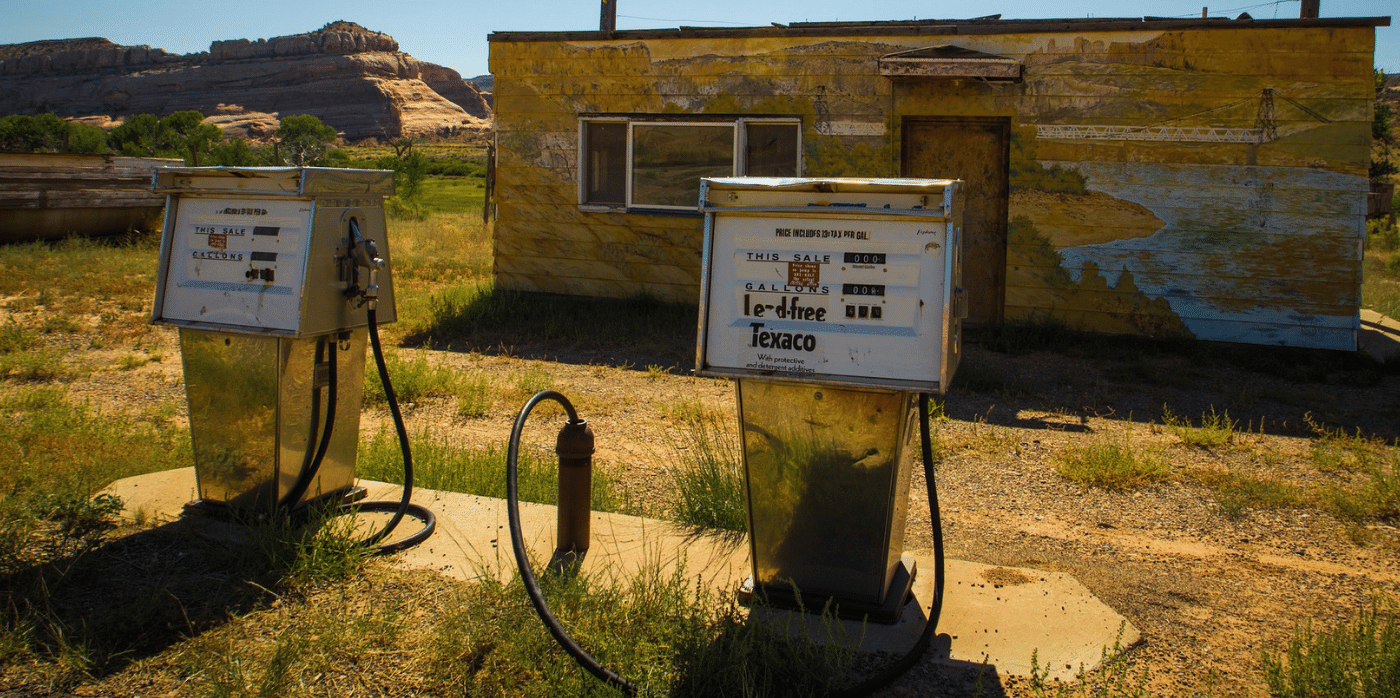Spotted: Contaminated soil from polluted sites, such as old industrial facilities and petrol stations, causes problems across the globe. Until now, the main method for cleaning these sites has been the physical removal of contaminated soil to a landfill site, where it is used as a filling material. Fresh soil must then be brought in as a replacement. This is an extremely expensive, time-consuming, and emissions-intensive process – potentially requiring thousands of truckloads of soil to be transported over many kilometres.
Now, Finnish company Remsoil, has developed an entirely different approach to the problem. The company has developed a new method of soil ‘remediation’ that reduces the concentration of contaminants in the soil to safe levels.
The process takes advantage of the restorative capabilities of soil microbes. An additive made from animal and plant by-products is added to the contaminated soil. This waste contains high levels of nutrients that benefit the microbes, stimulating their activity. This activity then breaks down contaminants such as oils and PAH-compounds – a class of chemicals occurring naturally in coal, crude oil, and petrol.
This method for treating contaminated soil is cost-efficient and up to three times quicker than conventional remediation processes. Moreover, the additive can be applied to the soil on-site meaning that there is no need to transport soil back and forth. At the same time, the process also returns agricultural waste back to nature’s circulation.
Other microbe-based innovations recently spotted by
Springwise include a startup that uses microbes to boost
carbon sequestration, cement
that is ‘grown’ using microbes, and a
vegetable oil replacement made using microbes.
Written By: Matthew Hempstead
1st April 2022
Email: jan.hainari-maula@remsoil.com
Website: remsoil.com

